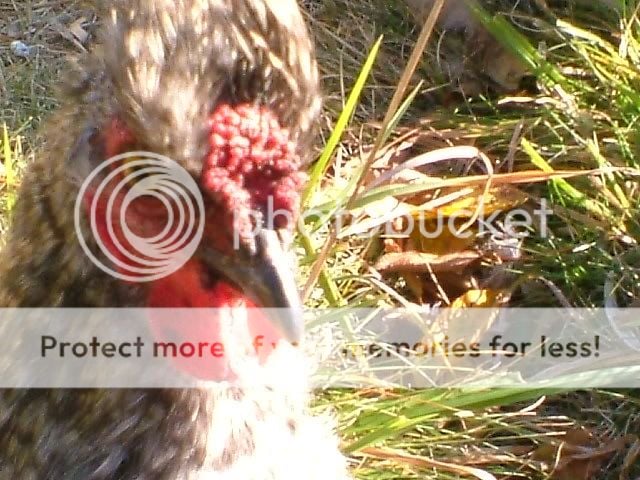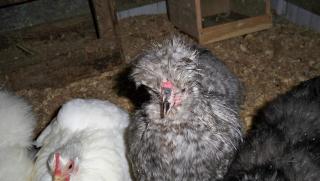- Oct 4, 2009
- 107
- 7
- 101
From what I read it is supposed to do that... but how does the "inhibiting" actually look?
I mean is it fully inhibiting the expression of dermal melanin or just partly?
I have two barred pullets with kind of "blotchy" darkish spots in the umm "underlayer" of the skin on their shanks and feet ... and I´m hoping that that´s how id+ looks on a barred bird

So it would be great if someone could explain to me how the inhibited id+ appears.
I mean is it fully inhibiting the expression of dermal melanin or just partly?
I have two barred pullets with kind of "blotchy" darkish spots in the umm "underlayer" of the skin on their shanks and feet ... and I´m hoping that that´s how id+ looks on a barred bird

So it would be great if someone could explain to me how the inhibited id+ appears.
















